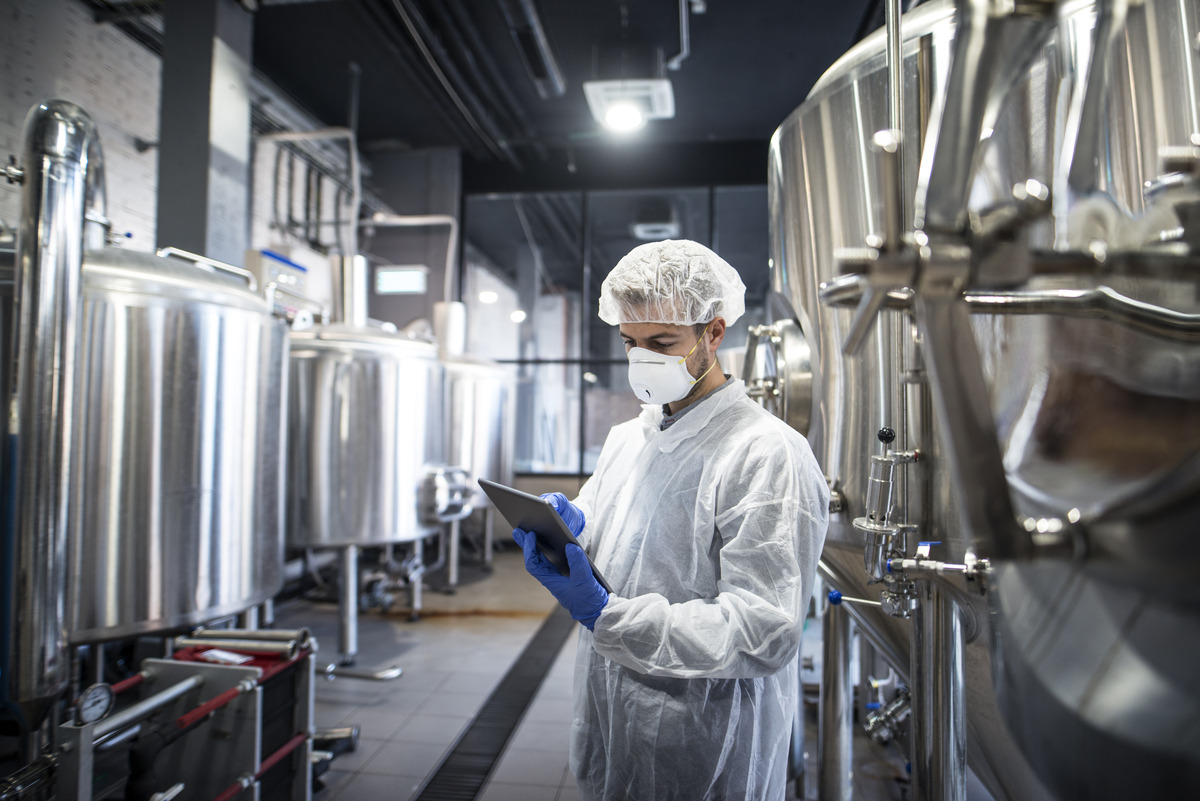
Powerful Tips from Philippine Chemical Distributors: Navigating Regulation
The world of Philippine Chemical Distributors is as dynamic as it is diverse. As players in a crucial pillar of the national economy, these distributors face a vast spectrum of challenges and opportunities. Navigating the chemical industry in the Philippines isn’t just about adding economic value through supply networks. It’s also about understanding the intricate layers of safety and environmental regulations that govern the sector.
Knowing how to sift through these regulatory terrains is vital for industry stakeholders, including manufacturers, end-users, and the distributors themselves. This article aims to provide an overview of navigating these regulations and offer valuable insights from experienced minds in the field. In the vast sea of regulatory standards, these tips from veterans will serve as a compass for newcomers and a refresher for those firmly anchored in the industry.
Understanding the Chemical Regulation Landscape in the Philippines
Venturing deeper into the regulatory landscape, it becomes evident that the Philippines’ chemical industry isn’t just guided by local rules. It intertwines with a complex web of international standards and trade agreements that directly or indirectly impact practices. Major domestic regulations include the Toxic Substances and Hazardous and Nuclear Wastes Control Act and the Chemical Control Order for several chemicals.
These regulations aren’t designed to stifle growth but rather aim to ensure that economic progress doesn’t come at the expense of safety, health, and the environment. They also play an essential role in maintaining international trading relationships and ensuring the Philippines’ chemical sector remains globally competitive.
Behind these regulations are various regulating authorities. Key among them are the Environmental Management Bureau, The Philippine National Standards on Hazard Communication for Hazardous Chemicals, and the Department of Environment and Natural Resources. Staying on the right side of these bodies’ regulations is crucial, not just for compliance, but also for promoting sustainable industry practices.
Challenges in Navigation
Regulations are seldom static and staying updated with this ever-changing landscape often poses challenges. Many distributors find themselves entangled in understanding variances in regulations pertaining to different classes of chemicals, their storage, and the procedures for their safe and legal transportation. Furthermore, non-compliance, whether intentional or inadvertent, can lead to steep penalties and tarnish reputations irreparably.
Real stories abound of companies suffering severe legal and financial repercussions from ignorance or neglect of critical regulations. More than just a disregard for legalities, such lapses also represent a danger to human health and the environment. It’s a stark reminder: understanding and abiding by these regulations isn’t optional—it’s of paramount importance in the panorama of chemical distribution. Whether you are a seasoned distributor or a new entrant in the sector, effective navigation of the chemical regulatory framework is indispensable to your business continuity and longevity.
Role of Distributors in Upholding Regulations
In this regulatory tapestry, distributors are more than just middlemen moving stock from producers to end-users. They function as key checkpoints in upholding safety standards, ensuring regulatory compliance, and educating customers about the proper handling and usage of chemicals. This dual role amplifies their impact on overall industry safety and compliance rates, making them vital cogs of the regulatory machinery.
Philippine chemical distributors are responsible for ensuring their products are legally compliant from the point of sourcing until they reach the end-users. This involves not just adhering to import or production guidelines, but also ensuring safe transportation, adequate storage, and providing comprehensive hazard communication to customers, among other governance-driven commitments.
By taking up this responsibility, distributors not only manage risk but also contribute positively to the reputation and sustainability of the entire industry. Thus, the role they play isn’t purely commercial— it extends into the realms of safety stewardship and industry leadership.
Insider Tips on Navigating Chemical Regulations
What aids in this complex navigation of regulations? Here’s where the wisdom from seasoned Philippine Chemical Distributors comes in handy. Their experience has honed strategies, best practices, and practical solutions that can guide others in this journey.
One of their key pieces of advice is to always stay proactive rather than be reactive. It’s far easier and cost-effective to build processes that inherently follow regulations than to correct errant practices later. Frequent interaction with regulatory authorities, participating in industry bodies, and keeping up with market intelligence can provide early warnings about changing regulations.
Risk assessment and management form crucial core strategies. Right from sourcing chemicals to their storage and distribution, having robust systems to evaluate and mitigate potential risks can save significant resources and possible reputational damage.
Finally, yet importantly, the human element should never be discounted. Training your team with the latest compliance requirements, safety standards, and protocols can be the difference between safe operations and costly oversights. Remember, a well-guided team is the best defense against non-compliance.
Tools and Resources for Compliance
In the world of regulations, knowledge translates into power, and thankfully, there are several tools and resources at your disposal to continually stay ahead. For starters, regulatory bodies themselves provide a wealth of information about current regulations and upcoming changes. Subscribing to their updates, participating in their events, and even direct engagement can be incredibly insightful.
Next, consider taking advantage of training programs catered to industry-specific regulatory compliance. Not only do these deepen your knowledge, but they also provide a platform to exchange experiences with peers and experts.
Several digital tools and software applications now available can significantly streamline compliance tasks. From keeping a tab on ever-changing regulations to documenting compliance, these digital aids can make your jobs easier, more efficient, and significantly less prone to errors.
Never forget that staying compliant isn’t a one-off task—it’s an ongoing commitment. Continuous learning and staying abreast of changes in the regulatory environment are key to maintaining and enhancing compliance levels within your organization. As you deepen your understanding, you’ll find that regulations are not barriers but rather guidelines to a safer, healthier, and more sustainable industry.
Key Takeaway
As Philippine chemical distributors, the responsibility and advent of navigating this complex regulatory environment can seem daunting. However, as we’ve explored throughout this article, with the right mindset, tools, and resources, it’s a journey that each distributor can successfully undertake.
By recognizing the pivotal role that distributors play in upholding regulatory standards, leaning into the practical advice of industry veterans, and leveraging available resources, the route to compliance becomes not only smoother but also a conduit to a safer and more sustainable industry.
The journey never truly ends. But with each step forward, we enhance our industry’s reputation, protect the health and safety of our stakeholders, and contribute towards a more sustainable environment. So embrace this journey and in the world of chemical distribution, let these guidelines light the path towards prolific operations.



